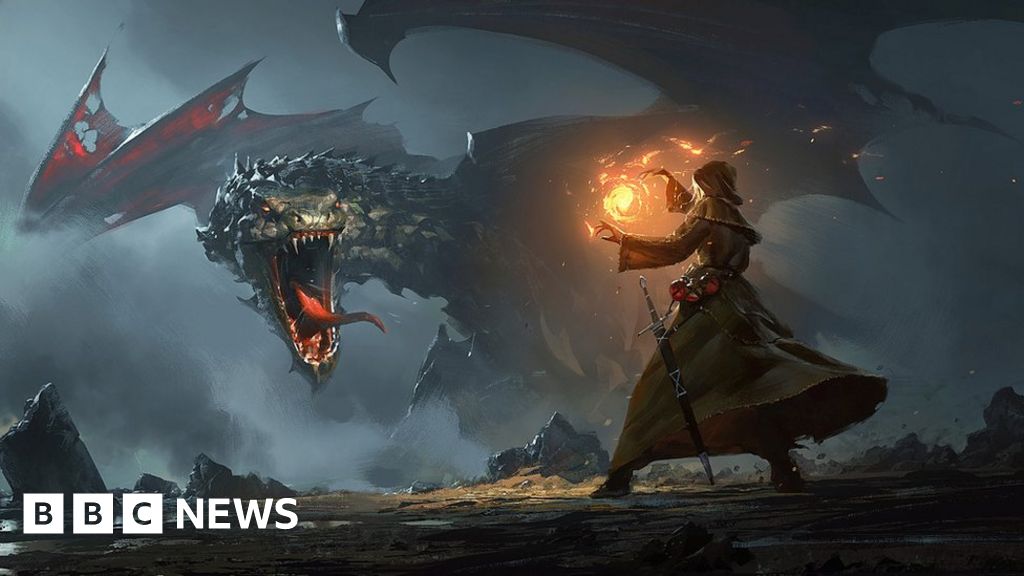An illustrator charges an hourly or per peice charge whether it's a female pope, a family eating at dinner, a cycling chimpanzee or a black founding father.
True, but what makes a human piece of interpreted work is that the artist has not simply copied works and made a "soup" of copied works. There is always (in better works) be effort that uses inspiration and not duplication.
It's one of the oldest debates any art teacher has with their new students and one I had for 25 years with new artists / illustrators and designers - that they wanted to produce original work but the tradition in art school is to be inspired, "take inspiration" but not simply duplicate the works they are seeing.
A level art students must present a Coursework portfolio that shows development. What does development mean? This article explains.

www.studentartguide.com
Scroll down to number 4. That's the human interpretation part. An AI doesn't "interpret" - it takes cue words, finds art or images that link to that and then create the nearest approximation of the original work.
I taught a photoshop night class to business owners for 3 years in my last few years as an art teacher. Those business people were all users of a website called "Fiverr" where you could take your business and get some Filipino artist to produce your work for $15 as opposed to paying $500-$600 to a trained Western Artist. They were all looking to see how they could remove that $15 payment from their costs.
I guarantee you, those same people and their type will be paying the small subscription fee to produce work and they are not bothered with the training of art theory or anything I used to teach to produce that work.
You're not following me. Even with your graphic design friends who are using AI art at the moment, they are simply using a clever tool that regurgitates what is already online. Nothing of what is being produced is "new."
For the moment, it's shiny, quick and all the buzz but as I said in my previous - I certainly have spotted similarities in the output of those works. For the first period of time, artists like Greg Rutkowski were seeing images heavily based on his style flood sites like MidJourney.
Greg Rutkowski is among the artists calling for more protection from artificial intelligence tools.
www.bbc.co.uk
If I were a budding digital Greg Rutkowski right now, I would be very reticent of posting my best portfolio online
See above. The law of diminishing returns will eventually come through - unless artists and illustrators start to use tools like
Nightshade which prevent AI stealing and copying their work.
I have been talking to many of my ex students about this and promoting Nightshade or similar.
No it's not.
Without image scramblers designed to destroy what AI does, there is no future. Ethics went out the window last January when the technology exploded onto the world.
 debatepolitics.com
debatepolitics.com




:format(webp)/cdn.vox-cdn.com/uploads/chorus_asset/file/24365786/Screenshot_2023_01_17_at_09.55.27.png)